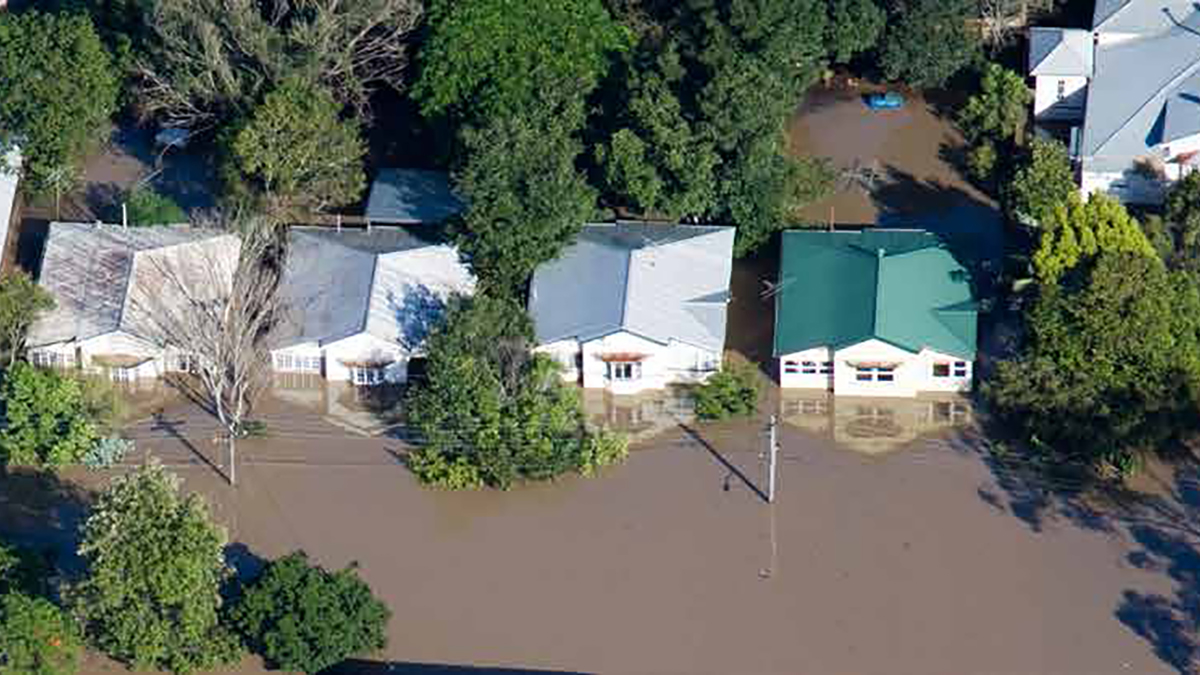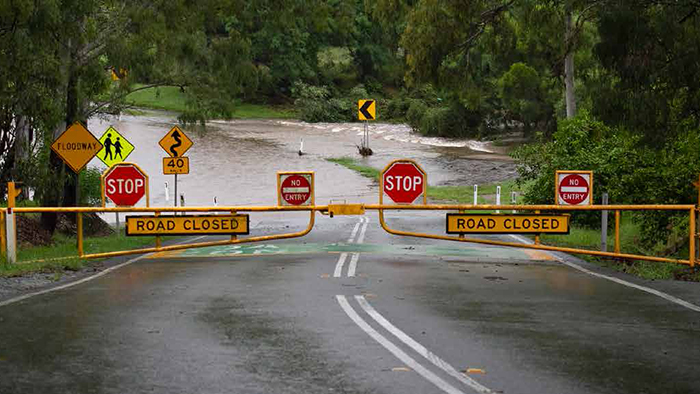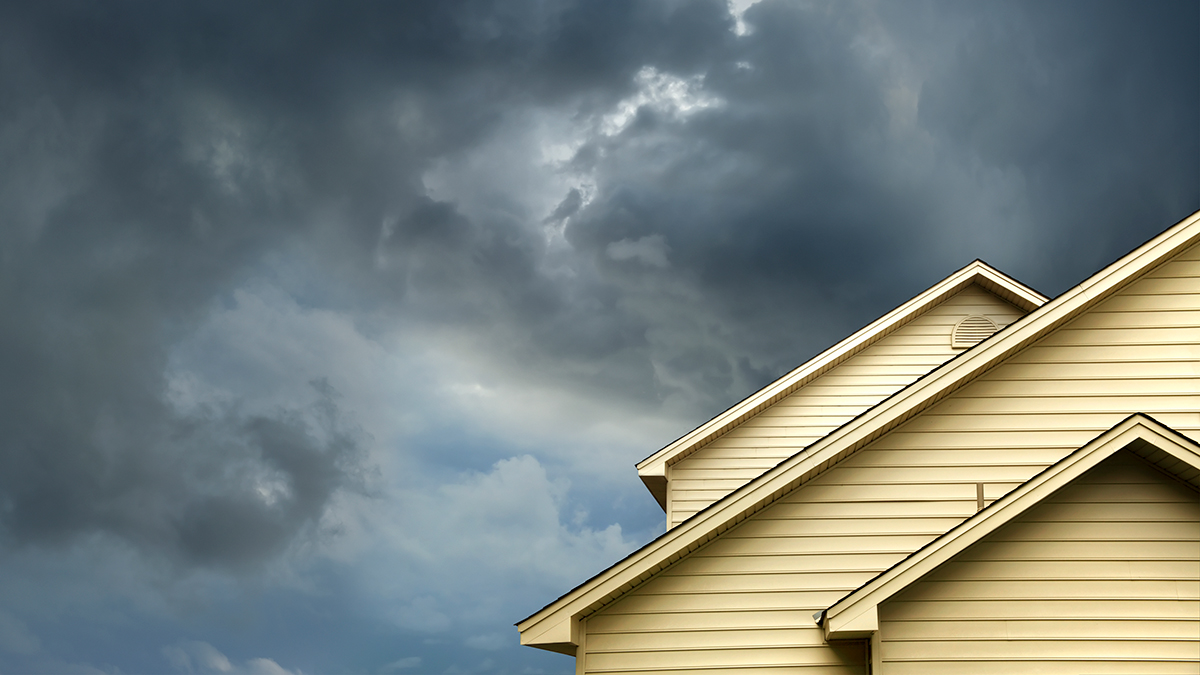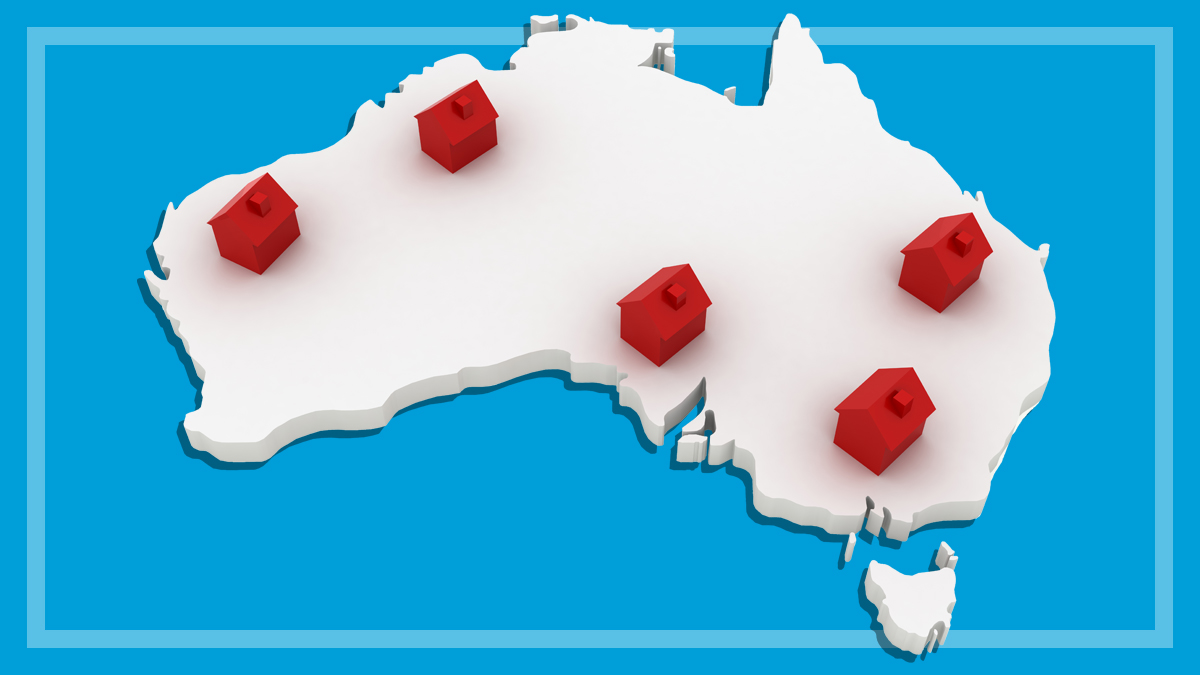Get our independent lab tests, expert reviews and honest advice.
CHOICE report: Extreme weather putting home insurance out of reach

With extreme weather events only getting worse, a research project commissioned by CHOICE, the Climate Council, Financial Counselling Australia, the Financial Rights Legal Centre, and the Tenants’ Union of NSW has found that Australian homes are being left unprotected as insurance becomes unaffordable or unavailable for many.
The insurance market is failing homeowners on a number of fronts, the research shows, and the difficulty they face trying to understand complex policy terms and conditions, or simply being able to compare one insurance product to another, is only adding to the problem.
The confusion is exacerbated by continually rising premiums across the sector.
87% of policyholders saw their premiums go up at their most recent policy renewal
The new report, Weathering the Storm: Insurance in a Changing Climate [PDF 1.5MB], summarises the research findings and examines why the insurance market is failing to provide cover for many people as the climate crisis worsens.
The report also proposes that there are some steps to rectify this problem that could be taken straightaway.
More than four out of 10 policyholders (44%) surveyed as part of the research, for instance, say they would consider paying for measures to better protect their homes if it would mean paying less for insurance. Yet many insurers don’t take mitigation efforts into account when pricing policies.
Meanwhile, 87% of policyholders saw their premiums go up at their most recent policy renewal.
‘We live with PTSD’
The emotional and financial toll of the changing climate on homeowners takes many forms.
“The house value has gone down massively – I’m stuck,” says the owner of a home near the Hawkesbury River in NSW that was damaged by floods. “I don’t have a house that’s saleable. [Home and contents insurance] cost me $9000 this year including flood insurance. I used some of the payout for it but I’m not sure if I can afford it next year.”
“[We lost] $117,000 in the flood. The first few days after the flood I had a breakdown, I got medical help. Have been living in our caravan for four months,” a homeowner in Rochester, Victoria reports.
“We live with PTSD. If we smell smoke we’re on the defensive. The kids, with what they have been through at that age, all have anxiety,” says a homeowner in Lake Kauai, NSW.

Two in five affected by weather
But insurers are not the only stakeholders who have a role to play in the affordability of adequate cover; governments must also come to the table to help prevent a looming crisis.
Information for homeowners about the risks their homes may face, for instance, is often incomplete or inaccurate, and it’s unclear which information sources are reliable. Given the continuing onslaught of extreme weather, the onus is on governments to create a publicly available database for natural hazard risk.
Many people are being forced to pay higher premiums, reduce their cover, or abandon insurance entirely
CHOICE CEO Alan Kirkland
“Two in five respondents to our national survey of home and contents insurance policyholders reported that they had been impacted by extreme weather events in the past five years, but our research found that the insurance market is failing to cover these events fairly and affordably. Many people are being forced to pay higher premiums, reduce their cover, or abandon insurance entirely,” says CHOICE CEO Alan Kirkland.
Some disaster-prone communities may need to be relocated if current weather trends continue, yet there are no plans in place to assist homeowners in such a scenario.
Dr Tim Nelson, a climate councillor and economist with the Climate Council, says “We need to assess areas where homes are no longer safe and, when needed, support communities in moving to places where they can be protected from the worst of extreme weather events.”
Low and middle income-earners left behind
Financial Counselling CEO Fiona Guthrie says “We are now seeing homeowners from several states, from both low- and middle-income households, who simply can’t afford property insurance because, in many cases, policies are costing tens of thousands of dollars.”
Guthrie says the time has come to make consequential policy decisions.
“And those decisions should involve not just the homeowner, but regulators, insurers, banks and governments. We need to openly canvas all the options in order to bring the cost of insurance down,” says Guthrie.
Financial Rights Legal Centre CEO Karen Cox agrees.
“It has been particularly concerning to see how many people were left without flood cover after the last few years of record rainfall, due to inability to afford the premiums,” says Cox.
We are now seeing homeowners from several states … who simply can’t afford property insurance because, in many cases, policies are costing tens of thousands of dollars
Financial Counselling CEO Fiona Guthrie
Renters are also impacted by the dynamics at play between worsening weather and insurance costs, says Leo Patterson Ross, CEO of Tenants’ Union NSW.
“Many if not most people who rent do not have any form of contents insurance. Renters also tend to live in more disaster-prone regions and in less resilient housing,” Ross says, adding that renters “should not be forced to choose between uprooting their families and leaving their communities or remaining in uninhabitable rental properties after an extreme weather event”.
The way forward
Drawing from a nationwide survey of home insurance policyholders, interviews with people affected by extreme weather events, and interviews with civil society groups, CHOICE and its partner advocacy groups are calling on governments to take a number of steps to fix the insurance market for homeowners, including:
- standardising insurance definitions and requiring insurers to proactively warn customers about underinsurance
- conducting an independent review of the affordability of home insurance
- trialling home insurance subsidies in communities where insurance is unaffordable
- providing funding to help people on low incomes make their homes more resilient
- creating a database that provides clear information on current and future climate risks to people’s homes
- adopting a national approach to planning for relocation of communities at high risk of natural disasters.





